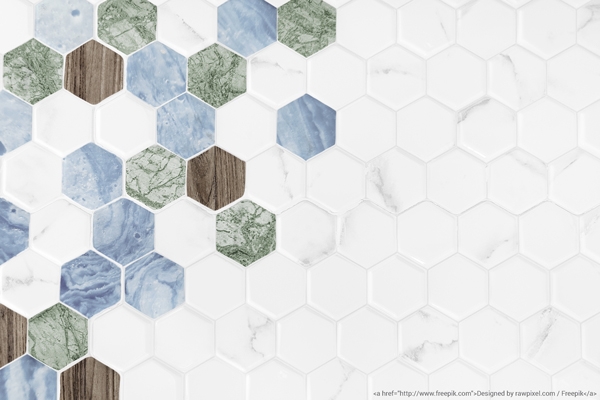Oct 7, 2020
Staff+
Cement tiles as an art form

A timeless style
Hexagonal, rectangular and with breathtaking textures, decorated tiles have become the leading trend in contemporary design, where their beauty is exalted when juxtaposed to wood surfaces.
A unique stylistic mix in flooring is created when decorated tile is integrated in spaces where wood floor coverings can’t be used. This perfect match can be found in various types of installations: hexagonal tiles are sometimes chosen for a more dynamic effect, yet, for essential, minimal spaces, linear tiles are used to weave what seem like ceramic tile rugs.
The value of the profile
The joint between one floor type and another must not be taken for granted. To reach such exquisite detailing, Profiltec proposes the Trimtec TR profile that acts as a transition between two floor types. To compensate small height differences between floor coverings, or to hide minor edge imperfections, we suggest the Covertec SP profile, in its range of wood textures and, for a more modern aesthetic, in stainless steel.
How many times, in construction, do you come across cases in which the flooring is arranged at different heights. Although the difference between the floors is just a few millimeters/inches, the creation of a step can impact the safety of the surrounding environment. It is precisely to compensate for these differences that we recommend the Zerotec ZR transition profile.

How are they made up?
The cement tiles consist of 2 layers compressed together through a mechanical process. The first layer is composed of the so-called "pastina", it is nothing more than cement mixed with colored sand for a thickness of about 5mm - 3/16".
The second layer, as well as the base, guarantees the properties of high resistance to the tile and is made up of concrete composed of cement, sand and aggregates.
The classic characteristic of white glazing is one of the last stages of the production process, followed by the traditional graphic decoration, the main emblem of this refined style.

The fashion of cement tiles does not go unnoticed
These small-format tiles, with multiple decorations, have a timeless style. Although they reached the maximum trend threshold around the 1930s, they are still widespread today in environments such as bars, restaurants and trendy shops. The reason for their continued success is precisely linked to the artistic aspect. The development of new ideas for the decorations of cement tiles has allowed their reintroduction into the world of interior design.
The great masters of architecture’s Modern Movement have taught us that attention to detail must reach such perfection as to almost completely eliminate the joint itself, as professed in Mies van der Rohe’s famous quote, “God is in the details.”
The influence of technology on cement tiles
As we know, the technology sector has made an incredible development in recent years. The exponential growth of this sector has also affected the decoration techniques of cement tiles. Nowadays many of the designs we see on these tiles are computer-designed and then reproduced on the porcelain stoneware thanks to innovative digital printers. All this guarantees a result comparable to the precision and attention to detail of the great artists who once could only rely on their patience in manual work.
The updated graphics, the bright colors and the unusual shapes of the current cement tiles are perfectly combined with the minimalist and essential designs that characterize the greatest trend flow of recent times.
Tags:
Comments
There is no comment